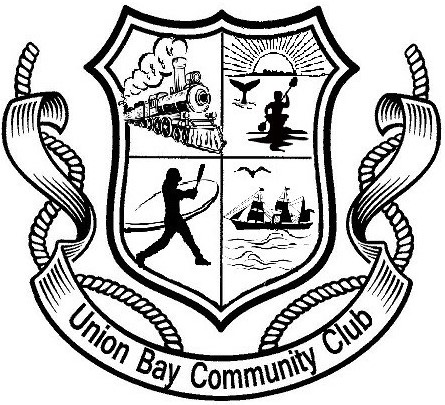It is fun to make new friends. They offer new perspectives and provide new information. They also present challenges and opportunity. Of course, new friends do not replace old friends. We at Beaufort Watershed Stewards (BWS) have no plans to abandon our old friends, Wilfred, Cowie, Mud Bay, Hart, and Waterloo but we are very excited to get to know some new friends: Trent, Spence, Hindoo, Emily, Tsable, and Apple-Cherry.
Last year, we made the decision purchase an additional set of sampling equipment to outfit a “northern pod” of volunteers. There were many things driving the decision. First and foremost is that no one else is doing it and it needs to be done. The hydrology of our region is complicated, and no single watershed gives all the answers; all the watersheds have something to tell us.
So, who are these new friends, these new creeks? Let me introduce you.
You may be familiar with the first one, the Trent, which has been rolling along for a long time, carving its way through an ancient sea floor, the 80-million-year-old Haslam Formation, exposing Elasmosaurus bones and other fossils on its journey through time. Access to the Trent is already well established and the paths are nicely worn. The hardest part, at least in the warmer months, will be getting far enough upstream of sunbathers and nature splashers to get a clean sample.
Spence, on the other hand, does not cross the upper highway and is not as accessible to the general public. Its waters rise in a large shallow depression between the Trent and Hart Creek and its drainage is fully contained below the upper highway. We have chosen a sampling site just off the old rail bed where it gathers itself into a huge, green bowl of conifers and sword ferns, a shady gem. Its volume is low right now and it may fade away in the dryness of summer. Or, like little Mud Bay Creek, it may prove to have deeper sources and shine all summer. Therefore, we get to know these various bits of hydrology that others call streams.
As we clamber about on our newly cleared trails, some of us are more interested in the rocks than the water. Hindoo, for example, appears to run along a clear fault line. The geology nerds among us are already planning an expedition to the upper reaches to see what this fault looks like. And why does Hindoo have such a large culvert, far bigger than what we would expect? And why is there such a beefy web of steel girders erected just upstream from the culvert? It is as if the highway engineers were anticipating giant masses of flotsam rushing downstream during the winter storms. But why Hindoo and not the others?
Emily does not have this kind of engineered structure which hints at dramatic mood swings. Instead, she seems to be a sweet little stream that apparently has some human friends on Mystery Beach Road. A carved wooden sign makes Emily easy to locate and a handmade wooden bench allows for quiet contemplation of the beauty of nature and Emily in particular. But our sampling site for Emily is above the upper highway and in that setting she loses a bit of her charm. She becomes just another stream going through just another culvert. But we have no doubt there is more to learn about Emily.
The Tsable is a real challenge. It is one of the largest of our local watersheds and arguably one of the more important. But it is not easy to get there from the upper highway. Right now, we might be comfortable scrambling down its steeply cut banks, but for how long? In the winter rains, when the ground turns to slippery mud, we will not be comfortable asking our volunteers to take the risk. Yes, we have insurance, but our goal is to never have to use it. We are determined to find a solution – and we will – but there’s no rush. Spring is a good time for further explorations.
Our final new stream is one that folks in Fanny Bay cross often though they might not know it. Apple-Cherry is its current name though at one time it was simply called Cherry Creek. It is easy to miss – there is no bridge. It runs down the hill just south of the Fanny Bay Trading Post and empties directly into the band of wetland between the road and the bay.
Now that the introductions are complete, we can begin to ask questions of our new friends. What animals might we see in their environs? What birds? Are they home to fish? What kind, how many? What mushrooms will pop up on them to mark the seasons? But most importantly, what insights will they provide for understanding our aquifers and our hydrology?
Time will tell.
(You too can get to know our new friends. Contact us to volunteer at info@beaufortwater.org or call Mike at 250.702.5900)
